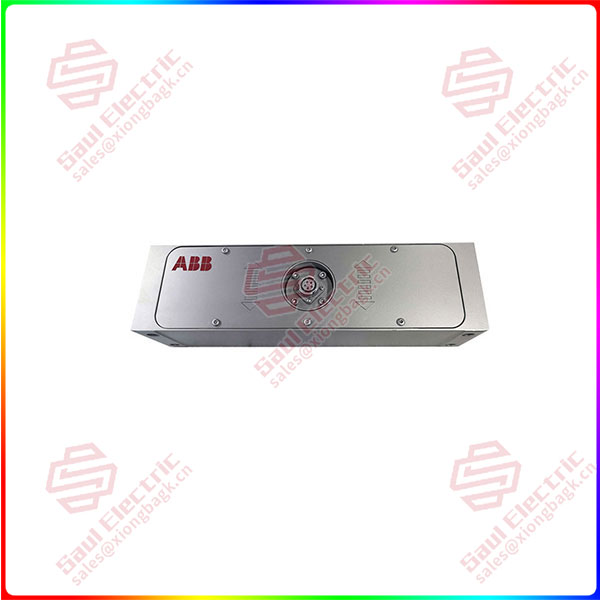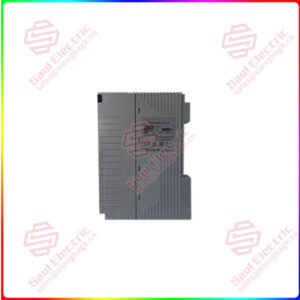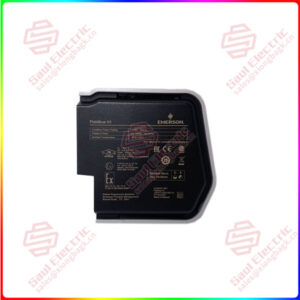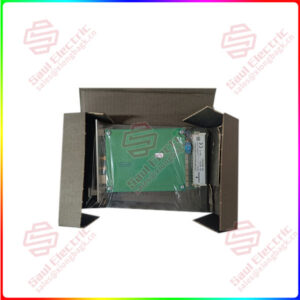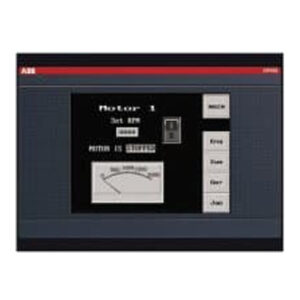Description
Overview
Essential details:PFCL201C 20KN Pillow tensiometer head PFCL201
lf you need to inquire or purchase ,please send the product models to my email or call medirectly .
sunny He
[Email] sales@saulcontrol.com
[Mobile] 86-18059884797
[WhatsApp] 86-18059884797
[Skype] sales@saulcontrol.com
PFCL201C 20KN Pillow tensiometer head PFCL201
The working principle of the pillow tensiometer is based on Hooke’s Law and strain measurement. It usually consists of an elastomer (usually a metal beam or indenter) and a measuring device.
When the indenter of the pillow tensiometer contacts the material to be measured and exerts a certain pressure, the material will be subjected to a certain tension. This tension causes the material to deform slightly, which is perceived by the elastomer (indenter).
An elastomer (indenter) is designed so that it deforms when subjected to an external force, and this deformation is proportional to the applied force. According to Hooke’s law, there is a linear relationship between the deformation of an elastomer and the force it is subjected to. Therefore, by measuring the deformation of the elastomer, the amount of tension applied to the material can be obtained indirectly.
The measuring device usually consists of one or more sensors that sense the deformation of the elastomer and convert it into an electrical signal. These electrical signals can be further processed and displayed or recorded as tension values. Common sensor types include strain gauges, displacement sensors, or pressure sensors.
The advantage of the pillow tensiometer is that it can directly contact the material and make real-time measurements, so it can provide accurate tension values. In addition, because it usually has high sensitivity and resolution, it can be applied to a wide range of different types of materials and tension.
It should be noted that the accuracy and reliability of pillow tensiometers are affected by a number of factors, including the manufacturing quality of the device itself, the design of the elastomer, the accuracy of the sensor, and the environment in which it is used.


 1 Year Warranty
1 Year Warranty
